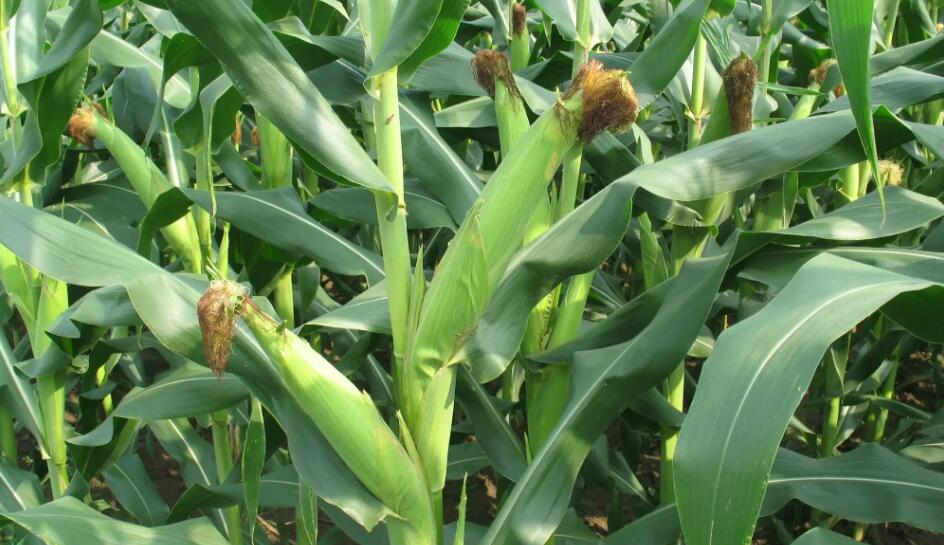WANG Benlong, ZHOU Chunsheng, LI Lirong, HAI Zhen, LOU Yuxin, LIU Xueyao, LIU Ping
To address issues such as shallow soil layers,upward movement of the plowpan,and soil salinization in the saline-alkali soils of the West Liaohe Plain,field trials were conducted in Huatugula Town,Horqin Zouyi Middle Banner,Tongliao City,Inner Mongolia Autonomous Region,from 2020 to 2021.Two tillage methods(traditional rotary tillage and powder ridge plowing),two irrigation quotas(2 100,2 700 m3/ha),and mulching and shallow burial measures were set up,resulting in six experimental treatments:2 100 m3/ha irrigation quota+traditional rotary tillage+shallow burial(CK×NM),2 100 m3/ha irrigation quota+traditional rotary tillage+mulching(CK×DM),2 100 m3/ha irrigation quota+powder ridge plowing+shallow burial(FA×NM),2 100 m3/ha irrigation quota+powder ridge plowing+mulching(FA×DM),2 700 m3/ha irrigation quota+powder ridge plowing+shallow burial(FB×NM),2 700 m3/ha irrigation quota+powder ridge plowing+mulching(FB×DM).The effects of powder ridge plowing and mulching treatments on soil properties,structure,saline and alkaline content,and maize yield in the 0—40 cm soil layer under different irrigation quotas were analyzed. The result showed that compared to the CK×NM treatment, in the 0—40 cm soil layer, the soil bulk density decreased by 8.4%—22.9%, the total soil porosity increased by 4.9—14.8 percentage points, and the soil three-phase ratio R value decreased by 34.6%—88.2% under powder ridge plowing + mulching treatment,among them, the bulk density, total porosity, and three-phase ratio R value of the soil treated with FB×DM treatment were significantly reduced by 20.0%,-13.1 percentage points, and 88.2%, respectively;soil moisture content after sowing increased by 5.5—12.1 percentage points in the 20—40 cm soil layer, soil hardness increased by 33.4%—397.5% in the 7.5—17.5 cm soil layer,among them, the soil moisture content, hardness of the FB×DM treatment increased significantly by 12.1 percentage points, 214.3%,respectively;CO2 flux of the FB×DM treatment increased significantly by 496.4%.Compared to the CK×NM treatment, the powder ridge plowing+mulching treatment reduced the soil pH value, total alkalinity, electrical conductivity, and total salt content in the 0—40 cm soil layer, with reduction rates of 0.7%—10.9%, 2.5%—67.5%, 24.3%—68.7%, and 10.3%—81.0%, respectively. Among them, the soil pH value, total alkalinity, electrical conductivity, and total salt content of the FB×DM-treated soil were significantly reduced by 10.9%, 48.2%, 59.2%, and 80.0%, respectively.Maize germination rate, ear fresh weight, and yield were increased by 13.2—20.1 percentage points,52.5%—68.2%, and 22.4%—45.5%, respectively,among them, the germination rate, ear fresh weight, and yield of the FB×DM treatment were significantly increased by 20.1 percentage points,68.2%, and 45.5%, respectively, compared to the CK×NM treatment. Considering the comprehensive improvement effects and maize yield, it is concluded that the 2 700 m3/ha irrigation quota+powder ridge plowing+mulching(FB×DM) is a more suitable cultivation mode for saline and alkaline land in the West Liaohe Plain.
